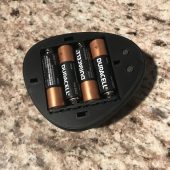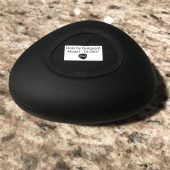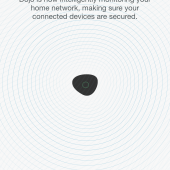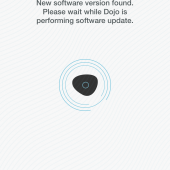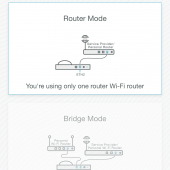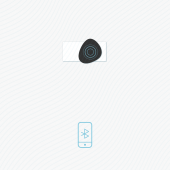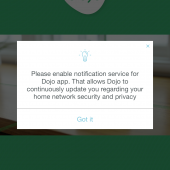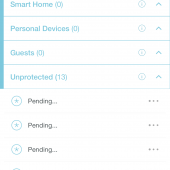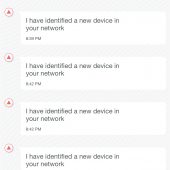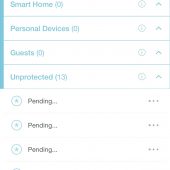We’ve all been there: A friend comes over, and casually asks you for your Wi-Fi code. Sure, at the time it’s harmless, especially when you factor in that you know the person, but with so many vulnerabilities in the protection of the average home’s internet security, there’s plenty of reasons to consider locking down your network from not just neighbors, but even family and friends.
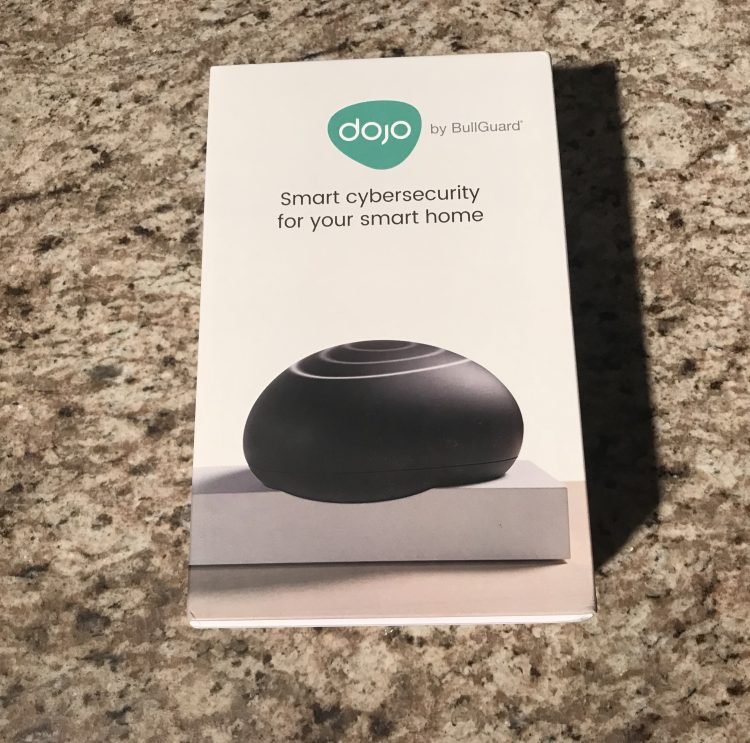
Over the past few months, I’ve been using the Dojo by BullGuard (currently $199.99) exclusively to boost the security of my home’s Wi-Fi Network, and there’s plenty of reasons why you should consider it as well.
Brought to life courtesy of an acquisition from Dojo-labs back in 2016, BullGuard wanted to assure that its users felt a sense of secure privacy that your service provider couldn’t possibly imagine giving you.
The Dojo is a pebble-like smart home accessory that connects to your home’s router, and using the network, acts as a barrier for all of the things we think a Wi-Fi password protects but doesn’t, such as malware and cyber threats. Coming complete with the black pebble is the dock-like router connectivity “bridge” that will connect to the router. The Dojo itself will require the use of batteries which the company does not supply, but luckily you can easily pick those up from any store.
“Most people don’t consider a security solution until after their information has been hacked and their privacy violated. The smart home market is growing at an exponential pace, and we’ve recently seen major privacy breaches caused by compromised devices, including the largest ever Distributed Denial of Service (DDOS) attacks launched from an IoT botnet,” said Yossi Atias, General Manager IoT Security of BullGuard. “Dojo by BullGuard makes it easy to safeguard and protect your privacy and your family by constantly and seamlessly monitoring and protecting all smart home devices against security breaches.”
There is a companion app (also named Dojo) that is supplied for free in the App Store for users. It’s updated regularly and I have to admit, compared to many smart home apps, it looks pretty stellar.
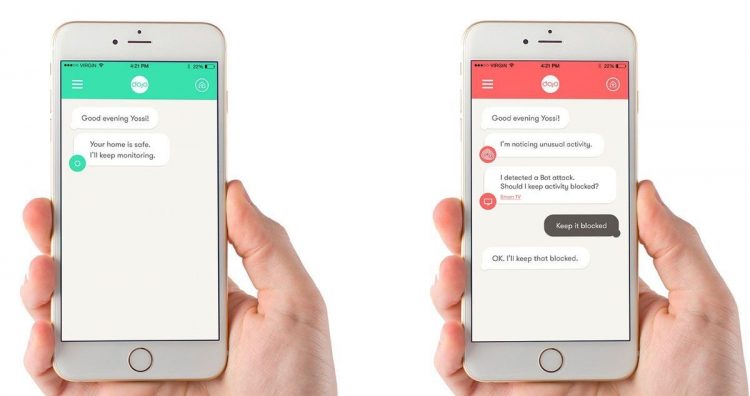
Designed for simplicity you’ll find two tabs at the bottom of the screen, one being for the Dojo, which houses notifications and alerts, while the “My Devices” shows you every single device that is on your network, or has been. This is handy in alerting you when another device connects (you’ll get a banner notification) although the Dojo is hit or miss with recognizing some of my devices (more on that later).
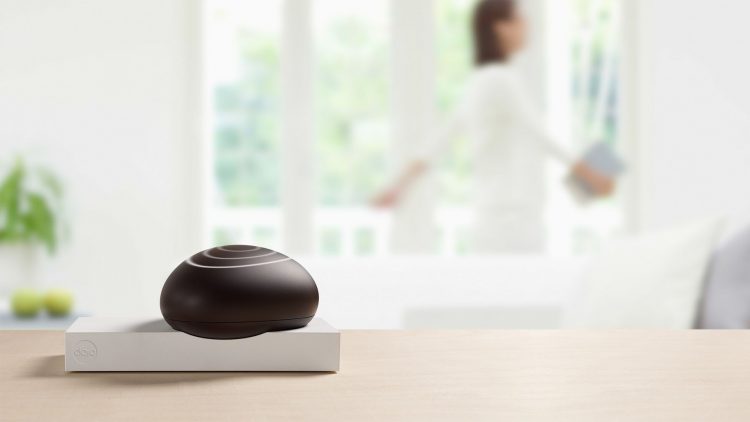
However, once you’ve correctly set up the router to the network, and downloaded the app things can get a bit hazy if you don’t properly follow instructions. Luckily Dojo’s support is always there (and I mean, always there to help you out), sometimes even when you don’t want them there.
Since the process tries it’s hardest to be thorough in efficiently setting up, the hiccups come in the push alerts that you receive. If you’re not familiar with terms like “active DHCP server”, or simply thought this would be a plug and use, I highly advise sitting down with Dojo’s support team and getting things set up. I have three mobile devices, two laptops, and a host of smart home products in my home, which could be vulnerable to various malware and viruses, so I hoped that Dojo would simply do the legwork for me — this isn’t the case. After a myriad of notifications (daily), of detected faults in my network’s security, I figured it was time to give BullGuard/Dojo a call because it seemed as if I had not set things up properly.
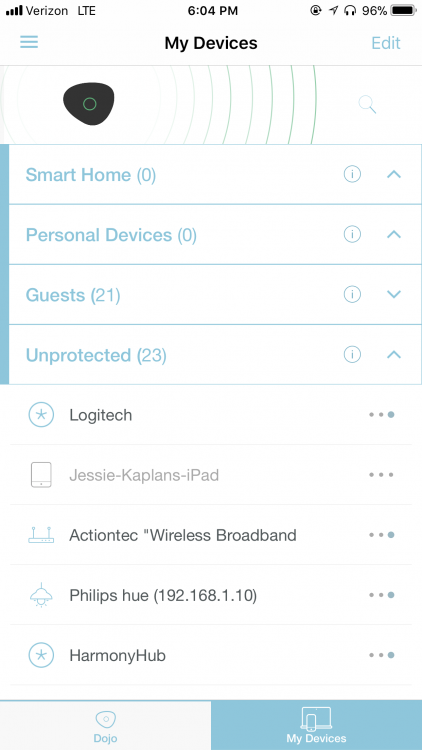
In the My Devices portion of the smartphone app, you’ll see I have a host of “unprotected” devices. You would think protecting each individual device would be as simple as signifying that it is a trusted device, but indeed it is not. When I attempted to move devices that were unprotected to a sub group (in this case my Harmony Hub to ‘Smart Home’) I was told that it had a Fixed IP, which is very confusing. Why list devices that you cannot change? On top of that, there are a few devices that are blacked out compared to others which I still haven’t been able to explain.

My first notion was that the devices are not communicating with the Dojo’s router station properly so I sat it in a central location unobstructed which still solved nothing, despite the Dojo illuminating a cool green hue when my network was good. (It will glow yellowish orange if there are hiccups and red when it’s completely overwhelmed).
What this resulted in was an online exchange with a technician who had to disable the DHCP server enabled on my router so that the Dojo will be able to assign the IP used by the devices connected to my network. I opted to have the technician do this instead of messing things up but luckily he was prompt, and kept a calm head and had me up and running soon thereafter.
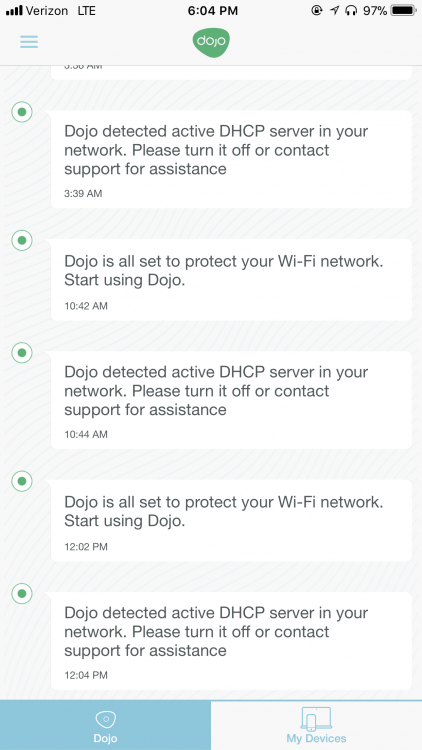
The issue is, if you do not have a bit of patience, and are looking for home security that doesn’t make you jump through hoops for setup, this may not be the home accessory for you. Sure, it boasts an awesome artificial intelligence that allows it to recognize your devices down to their names and IP addresses, but what good is that if:
A.) Your router may or may not be compatible with the Dojo.
B.) You have to spend an unnecessary amount of time setting up the security yourself.
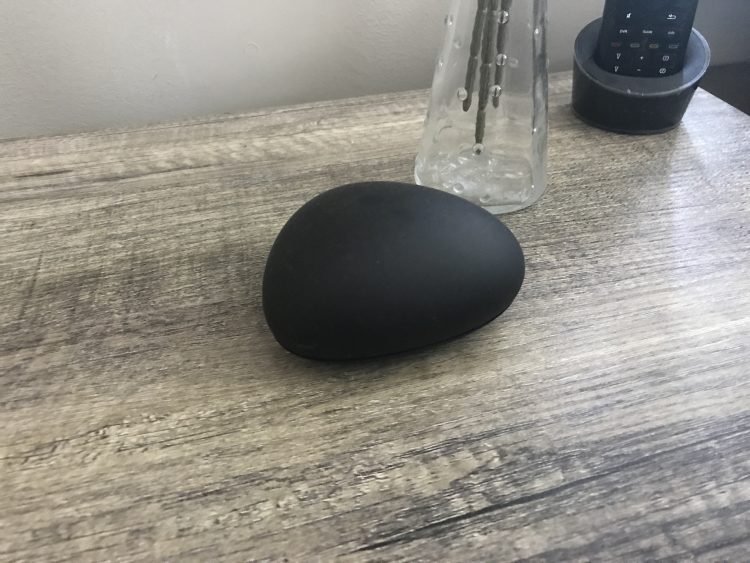
If you have smart accessories in your home that you want to be protected such as baby monitors, home security cameras, or honestly want peace of mind that your network is indeed secure, the Dojo is actually a good contender to consider. While I dreaded having to do the legwork, Dojo’s customer service technicians and prompt “ticketing system” seemed to make up for my impatience.
For more information on the Dojo by BullGuard, you should head directly to their site today.
Source: Manufacturer supplied review unit
What I Like: Dojo itself is small and does as expected in terms of security; Frequent notifications can be great for those who need them
What Needs Improvement: Setup process can be a bit cumbersome; May not work with your router; Frequent notifications can become a bit much

